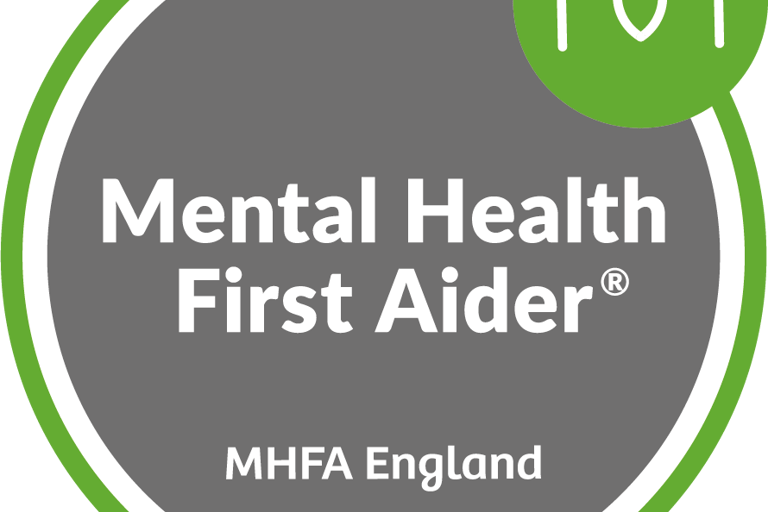Embracing Imperfection: The Beauty of Being Flawed
12/29/20242 min read


The Quest for Perfection
In our fast-paced, image-conscious world, the pressure to be perfect at every stage of life can feel overwhelming. From childhood to adulthood, it seems we're constantly striving to achieve an ideal that may not even exist. Whether it’s acing a test at school, landing a dream job, or maintaining a flawless appearance on social media, the quest for perfection is a common thread in the tapestry of the human experience.
Learning to Accept Our Flaws
As we age, many of us come to realise that perfection is not only unattainable but that our imperfections are what make us uniquely human. This journey toward acceptance isn’t always smooth—it can be filled with moments of doubt and frustration. Yet, as Karen Casey and Martha Vanceburg eloquently express, “what comes with age and wisdom is acceptance of our imperfections.” This realisation is liberating and allows us to appreciate ourselves for who we truly are, flaws and all.
The Beauty of Imperfection
Imperfection doesn’t equate to failure; rather, it offers an opportunity for growth and resilience. Each obstacle we face can lead to personal development and a deeper understanding of our own strengths. Embracing our flaws means we’re open to learning and evolving, which is the essence of life itself.
Take a moment to reflect on the people you admire. Chances are, you’re drawn to them not because they’re perfect, but because of their genuine nature and their imperfections. They’re relatable, real, and inspire us to be our authentic selves. When we release the need to be perfect, we allow ourselves the freedom to connect with others on a deeper level, creating relationships built on honesty and vulnerability.
So, the next time you find yourself caught in the cycle of self-criticism or comparison, remember that it’s completely okay to be flawed. Embrace the beauty of your imperfections and allow your true self to shine. After all, it’s those unique quirks and characteristics that weave together the story of who you are—a narrative that is infinitely more interesting than a tale of unattainable perfection.
In conclusion, our struggle to be perfect is, indeed, a common element of the human condition. But as we grow, what truly matters is not the flawless image we present to the world, but the acceptance of our entirety—strengths and weaknesses alike. Let’s celebrate the journey of imperfection and invite others to do the same!






